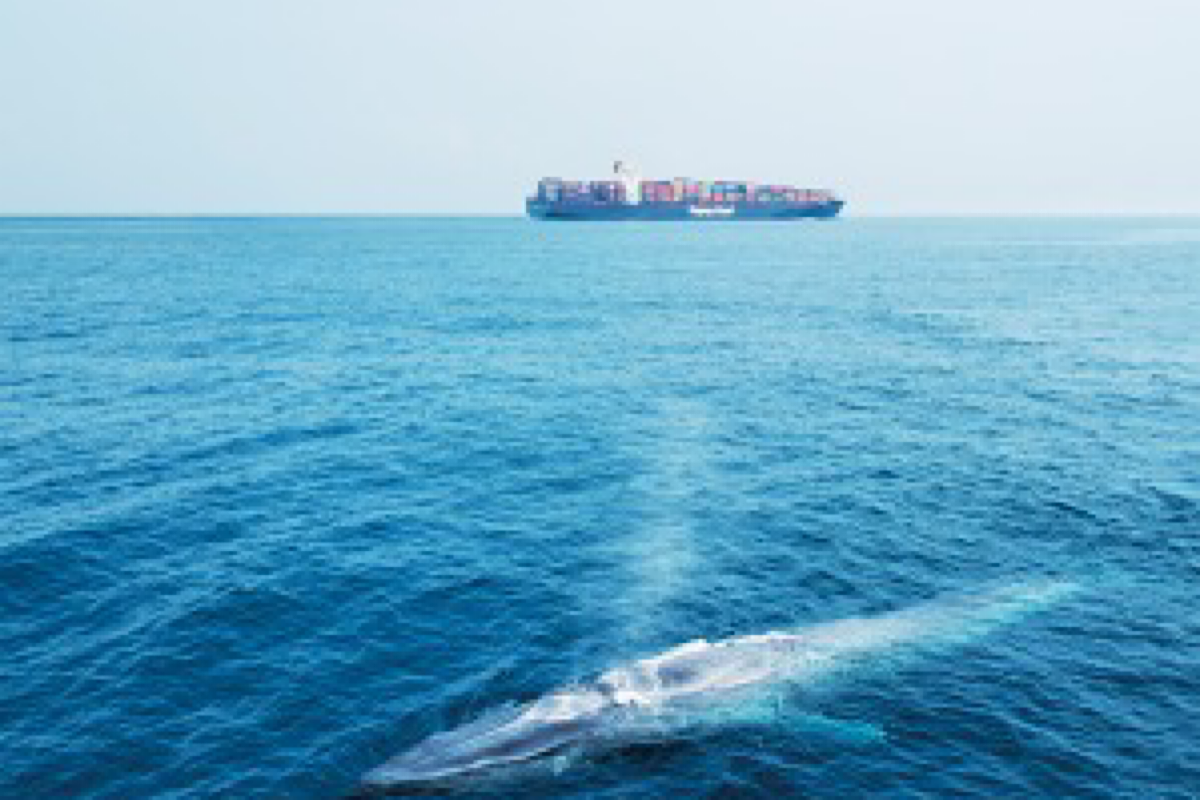In a world where chaos seems to be finding new fronts, the recent surge in maritime tensions paints a disturbing picture of a once serene expanse turned battleground. The Red Sea, Black Sea, and South China Sea are witnessing complex interplays of geopolitical manoeuvring, technological brinkmanship, and the undeniable impact of climate change on trade routes. The Red Sea, historically a vital trade artery, has become a focal point as Houthi militias disrupt shipping lanes with alarming frequency.
The response from the United States and Britain underscores the strategic importance of open passages, as they launch sea and air attacks to counter the Houthi threat. The world, it seems, is witnessing a pivotal moment where the oceans, once considered a conduit of global harmony, are becoming contested zones reminiscent of the Cold War era. This shift is not isolated but part of a broader pattern. The Black Sea is mired in mines and crippled warships as Ukraine seeks to reclaim Crimea from the Russian navy.
The Baltic and North Seas witness a shadowy war of sabotage on pipelines and cables. Meanwhile, the South China Sea experiences an unprecedented naval build-up as China attempts to coerce Taiwan, inviting a stern response from the United States. The ripple effect of Taiwan’s recent elections only adds fuel to an already volatile situation. The seas, once the epitome of global connectivity, are now at the epicentre of geopolitical storms. The intricate web of maritime trade, accounting for 80 per cent of global volume and 50 per cent by value, faces challenges on multiple fronts. China’s naval expansion challenges US dominance in the Pacific, while rogue actors like the Houthis prove resilient to traditional military interventions. Landlocked Ethiopia’s foray into a Red Sea naval base adds another layer to the evolving maritime narrative. The challenges are not just geopolitical. Climate change is altering the seascape, with the Panama Canal grappling with water shortages, trade routes expanding in the Arctic, and a rush to mine the sea-beds fuelled by the green-energy boom. Technological disruptions amplify the complexity, with China investing in anti-ship missiles, militias gaining access to cruise missiles, and subsea data cables vulnerable to sabotage. The stakes are high, not just for the nations involved but for the global economy.
Maritime disruptions have already led to transient shocks in commerce, with insurance and shipping rates experiencing spikes. The post-lockdown shipping crunch in 2021 and grain disruptions in the Black Sea in 2022 resulted in worldwide inflation. Large-scale conflicts at sea could be catastrophic, affecting everything from oil prices to supply chain stability. Addressing these challenges requires a nuanced approach. It’s clear that appeals to uphold universal laws may not be sufficient, and a return to the calm waters of the 1990s seems unlikely. In a world where isolationism is gaining traction, sustaining a maritime order becomes the lowest common denominator of international cooperation. Without it, the very foundation of the world economy risks being engulfed.











